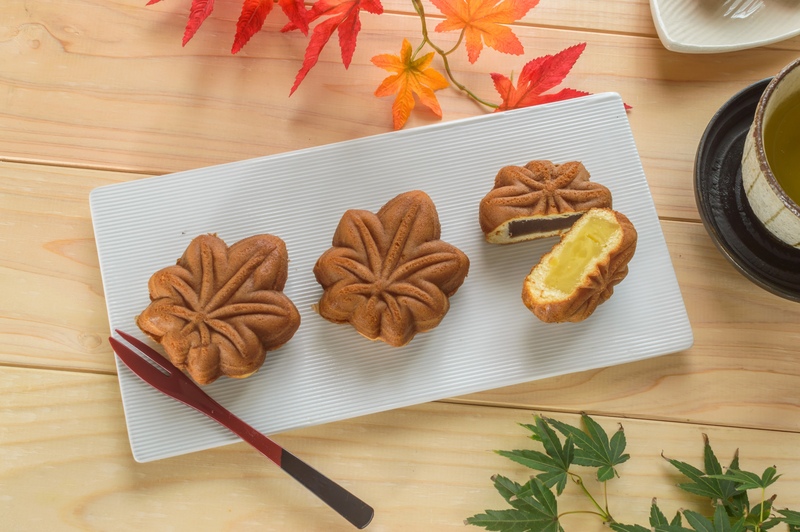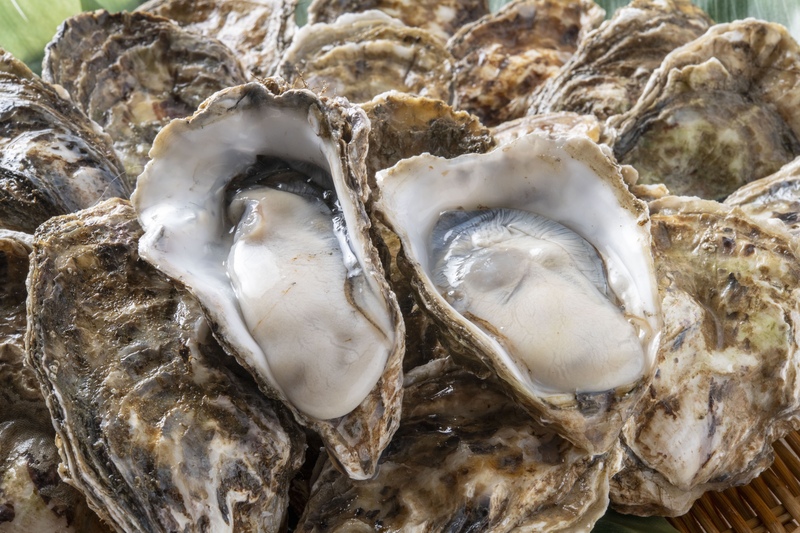What is Hiroshima / Hiroshima Castle?
Hiroshima Castle (Hiroshima-jō) is one of Japan’s famous castles located in the center of Hiroshima City, Hiroshima Prefecture.
Built in the 16th century by the Sengoku daimyo Mōri Terumoto, this castle is also nicknamed “Carp Castle (Rijō)” because of its elegant black exterior.
The castle was once destroyed by the atomic bombing in 1945, but its tenshukaku (main keep) was reconstructed after the war and now serves as a history museum that conveys its beautiful appearance to the present day.
The surrounding area features a lovely park and moats, making it a popular spot loved by locals and tourists alike.
This article introduces the highlights, history, and useful information for visiting Hiroshima Castle.

Highlights of Hiroshima Castle
1. The beautiful tenshukaku (main keep)
The symbol of Hiroshima Castle, the tenshukaku, is characterized by its five-tiered black exterior and greets visitors with a dignified, stately appearance.
The tenshukaku was reconstructed after the war and is now open to the public as a history museum inside.
- Floors 1–4: Exhibits on the history of Hiroshima Castle, arms and armor, and old documents allow you to learn about the castle town and the culture of the Sengoku period.
- 5th floor (top floor): An observation deck offering panoramic views of Hiroshima city and the surrounding scenery.
Especially during cherry blossom and autumn foliage seasons, the view of the moat and park from the tenshukaku is beautifully colored.
2. The castle moats and stone walls
Large moats and impressive stone walls remain around Hiroshima Castle.
Carp swim in the moats, and the contrast between the black tenshukaku and the water’s surface creates a picturesque scene.
The stone walls reflect the craftsmanship of the time and are historically significant spots.
Stroll around the tenshukaku area and enjoy the reflection of the tenshukaku in the moat and the beauty of the stone walls.
3. Hiroshima Castle History Museum
The interior of Hiroshima Castle’s tenshukaku houses a history museum where you can learn about Hiroshima’s history and culture.
Exhibits include the history of the castle built by Mōri Terumoto, scenes of the castle town, and weapons and swords from the Sengoku period.
There is also a popular experience corner where visitors can try on samurai armor (katchū) and take photos.
It’s a valuable opportunity to engage with Japanese history.
4. Seasonal scenic views
Hiroshima Castle is a place where you can enjoy beautiful scenery throughout the four seasons.
- Spring: Many cherry trees around the castle bloom along the moats, creating spectacular views with the tenshukaku as a backdrop.
- Autumn: During the foliage season, the colored trees harmonize with the tenshukaku, making it a great photo spot.
- Winter: Hiroshima Castle takes on a different charm when covered in snow, wrapped in quiet serenity.
5. Strolling the castle town area
The area around Hiroshima Castle was once a prosperous castle town, and you can enjoy a blend of history and modern life.
- Hiroshima Gokoku Shrine: A shrine located within Hiroshima Castle Park that many visitors come to see.
- Hiroshima city center: Nearby areas where you can enjoy shopping and local cuisine.

Access to Hiroshima Castle
By train and on foot
- From JR Hiroshima Station, take the streetcar (Hiroshima Electric Railway “Hiroden”) and get off at the “Kamiya-cho Higashi” or “Kamiya-cho Nishi” stop.
- From the stop, it’s about a 15-minute walk to Hiroshima Castle.
By bus
- From Hiroshima Station, take the Hiroshima Bus and get off at the “Godo Chosha-mae” bus stop. It’s about a 5-minute walk to Hiroshima Castle.
By car
- There are several parking lots around Hiroshima Castle, but they can get crowded, so public transportation is recommended.

Useful information for travelers
Opening hours and admission
- Opening hours: 9:00–17:00 (last admission 16:30). Periodic extended evening hours available.
- Closed: Year-end and New Year holidays (December 29–January 2).
- Admission fees: Adults 370 yen / High school students & 65+ 180 yen / Junior high school students and younger free
Best seasons to visit
- Spring (late March–early April): The full bloom of cherry blossoms is especially recommended.
- Autumn (late October–mid November): The autumn leaves are beautiful and the atmosphere is calm.
Nearby sightseeing spots
- Atomic Bomb Dome (Genbaku Dome): A UNESCO World Heritage site located about a 15-minute walk from Hiroshima Castle.
- Shukkeien Garden: A beautiful Japanese garden where you can enjoy seasonal scenery.

Frequently Asked Questions (FAQ)
Q. How long does it take to tour Hiroshima Castle?
A. With time to visit the tenshukaku and stroll the surrounding area, 1–2 hours is usually sufficient to enjoy the site.
Q. Are there English guides or information?
A. English pamphlets and exhibit explanations are available inside Hiroshima Castle.
Q. Is it enjoyable for visitors with children?
A. Yes. The museum’s experience corner and the spacious park make it family-friendly.
Conclusion
Hiroshima Castle is a sightseeing spot where historical value and beautiful scenery come together.
In addition to the reconstructed tenshukaku and moat views, the history museum offers insight into Hiroshima’s history and culture.
Visiting during the cherry blossom or autumn foliage season offers especially spectacular views, so timing your visit can make a big difference.
With good access from Hiroshima city center and many nearby attractions, pairing a visit to Hiroshima Castle with other sites will help you make the most of your time.
When you visit Hiroshima, be sure to include Hiroshima Castle to experience the romance of history firsthand.









